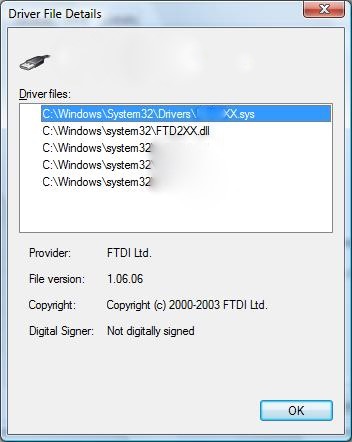
There are TX and RX indicator LEDs and you can actually see serial traffic using these LEDs which helps to verify if the board is working. Pins RX, TX, VCC and GND are connected to the corresponding pins of the microcontroller with RX connected to TX and TX to RX. CTS – Clear to send (Input used for flow control).DTR – Data Terminal Ready (Output used for flow control).

Please feel free to contact for further support.The FTDI USB to TTL serial converter module has 6 male header pins which are breadboard friendly and 18 through-hole connectors. There is a chance that if you replace the DLLs with 64-bit version, chances are they work, however, this replacement is not tested. To be more precise, JKI VIPM can compile all LabVIEW layers to 64-bit LabVIEW but does not compile the DLLs associated with the driver. There is some glitch here where JKI VIPM shows the FTDI FT4222 as 64-bit, but the driver in itself only supports in 32-bit. JKI VIPM shows the FTDI driver as 64 bit, but you say it doesn’t support 64-bit? Answer It would be just a matter of installing a 32-bit version and using the same license key.

Refer NI website here that indicates LabVIEW doesn’t license 32-bit and 64-bit separately. Usually, the same LabVIEW license works for both 32-bit and 64-bit versions. Should we purchase 32-bit LabVIEW again? Answer We purchased 64-bit LabVIEW, but this driver only supports 32-bit LabVIEW.

In such a case, please feel free to contact for further support. Having said that, the most application can be built into a 32-bit version of LabVIEW with few exceptions where other dependencies of applications are 64-bit so it’s necessary to build in 64-bit.

I use LABVIEW 32 bit and I cannot change it to 64 bit what can I do else? AnswerįTDI FT4222 driver is tested only with 32-bit LabVIEW.


 0 kommentar(er)
0 kommentar(er)
